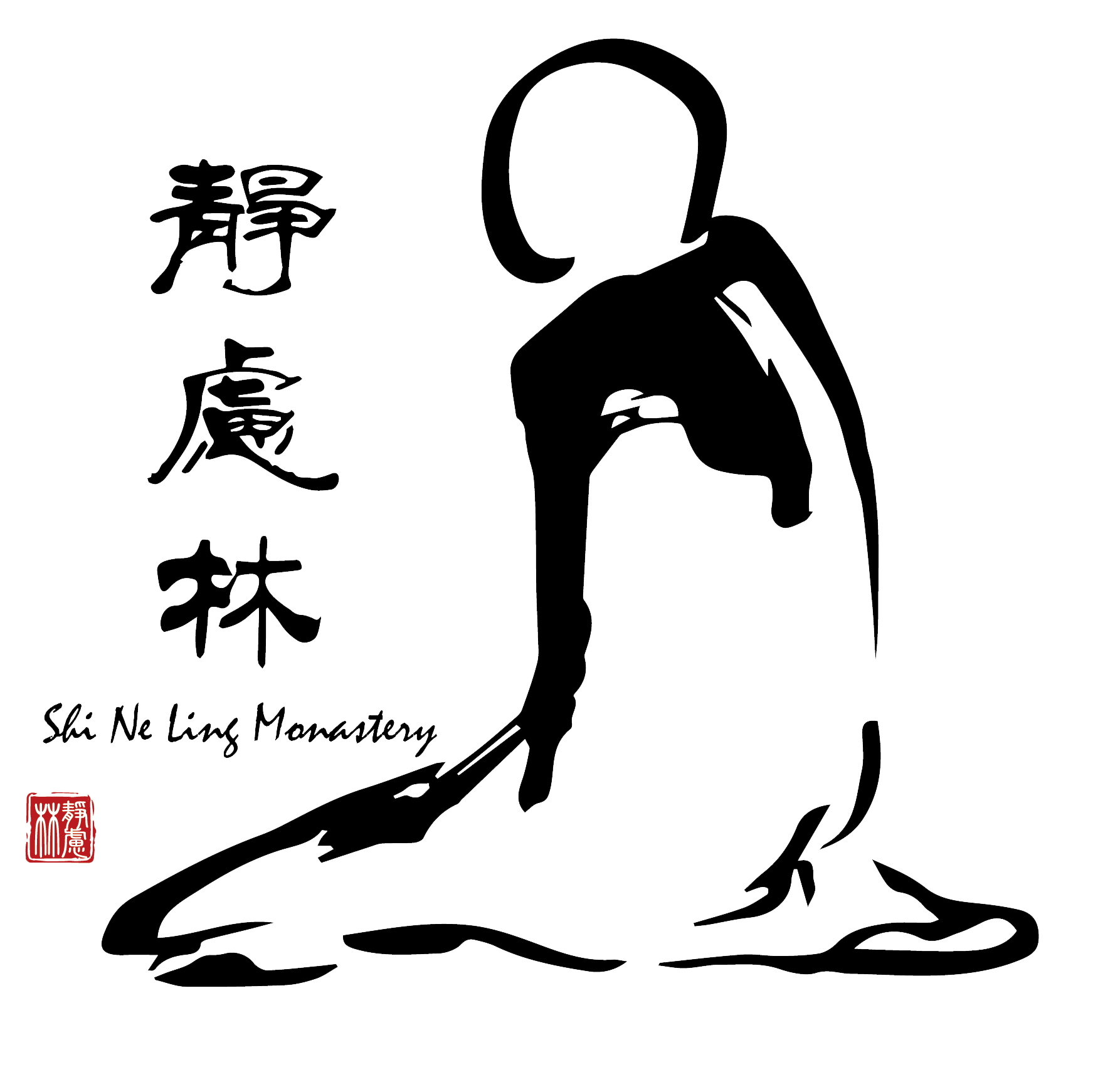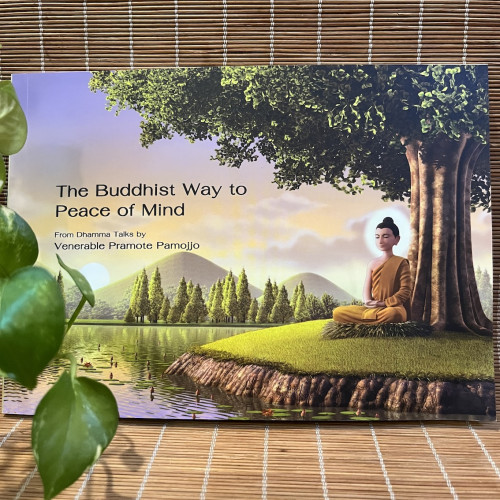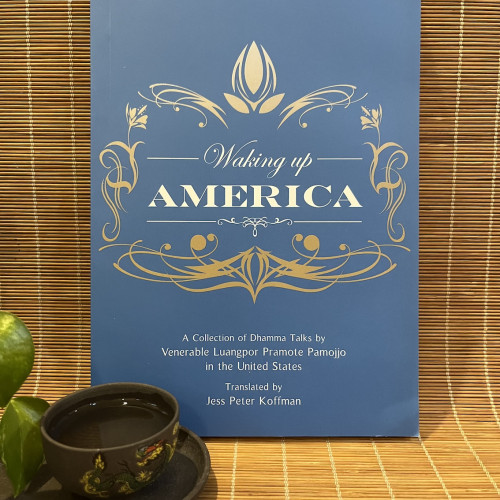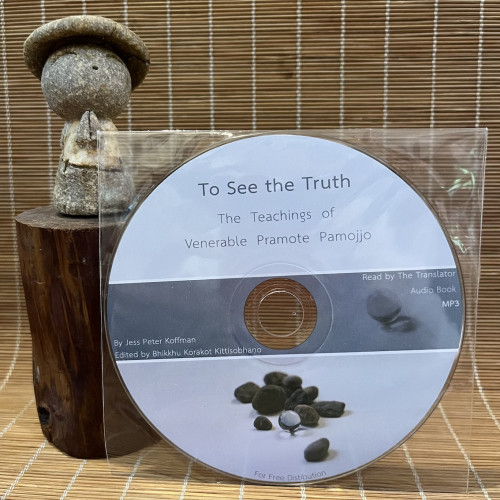Description
A Meditator’s Guide
Author: Venerable Luangpor Pramote Pamojjo
Compiled and Translated by Jess Peter Koffman
Edited by Richard Kirtland
Copyright by Luangpor Pramote Pamojjo’s Teaching Media Fund
【Transtator’s Foreword】
A Meditator’s Guide is a compilation of Dhamma talks given by Venerable Pramote Pamojjo, one of the most revered and adored meditation masters in Thailand today. Venerable Pramote has a way of transforming complicated and age-old teachings into simple directions for a modern mind. As a result of this, coupled with his ability to see intuitively what needs adjusting in his students’ practice, Venerable Pramote has become extremely popular among practicing Buddhists in Thailand, especially the young intellectual and professional classes.
Venerable Pramote’s student base is an estimated 100,000, of which I am grateful to be one. This number is constantly growing as people continue to download his materials, listen to his recordings and are, as a result, seeing dramatic shifts for the better in their lives. Many, including myself, are experiencing a decrease in pain and suffering in their hearts and much more happiness from listening to his talks and practicing what he teaches. What is known as the “The Venerable Pramote Movement”, a movement that is causing spiritual awakenings across Thailand, can now spread to the rest of the world through English translations such as this one.
A total of twelve talks were chosen for this book; they span the seven years that Venerable Pramote has been teaching at Suan Santidham Temple, in Sriracha, Thailand. Each chapter has one or two talks as primary sources and also includes some materials from other talks, so as to provide readers with more comprehensive explanations of each topic. The talks in this book include teachings on the true meaning of mindfulness and how it is practiced, both in formal meditation and in our daily lives. They also span the entire scope of Dhamma (Dharma) practice; therefore, this book is useful for beginners first sitting down to meditate as well as for those practicing at the most advanced stages.
For ease of reference, there are many subheadings in each section. Each chapter is a comprehensive work of its own and the book needn’t be read exclusively in order. It certainly is not intended to be read all at once, as each talk is rich with wisdom and needs time for reader to digest. As readers develop their meditation and Dhamma practice, they are encouraged to read and reread the portions of the book that resonate with them at any particular time. By doing so, this book can act as a very powerful guide along one’s spiritual journey to enlightenment. It may also be the case that when there is a question lingering, the reader is surprised to receive the answer upon opening any random page.
Venerable Pramote speaks in a friendly and informal way. As a result, an attempt has been made here to emulate the style of his Thai talks. He speaks primarily at Suan Santidham Temple on the weekends to crowds of 150 to 300 people and travels across Thailand, and abroad, speaking to groups of up to 3,000 at a time. He uses the word “we” as a friendly and less accusative way of meaning “all of you”, so the reader should not consider the use of the word “we” in this book as including the master as well.
If readers find discrepancies with any of the material in this book, please assume that the issue lies with the translation and not with the source material. Similarly, if there are any areas of Buddha’s teachings that are not present or properly expanded upon, please assume this is the fault of the compiler. I have chosen all the material in this publication in such a way that together it creates a guide for meditation and Dhamma development. Venerable Pramote’s focus is on the principles of meditation and such is the focus of this book. Though Venerable Pramote does use many Pali terms, speaks of scriptural texts and quotes the Buddha regularly, I have not included such information in this compilation as my intention for this book is that it is a comprehensive guide to meditation and Dhamma practice, not a scholarly endeavour for intellectual or comparative purposes.
The power of Venerable Pramote’s teachings are not just in the words, but in the peace and understanding of the consciousness behind the words. The teachings here in this book are extremely powerful and transformative, as they carry with them the true Dhamma of the Buddha. As the translator and compiler, it is an honour to be part of this transformation process for all those who come into contact with this book. May we all benefit from these teachings and be part of this powerful shift in consciousness that is blossoming in Thailand.
Jess Peter Koffman
September 12, 2013
【Table of Contents】
Foreword —————–7
1. Preparing for Dhamma Practice—————–11
Buddhism Is a Field of Study———————12
The Way to Approach Dhamma Practice—————–13
Morality Brings Happiness—————–17
Concentration and Observation—————–20
Buddhism’s Unique Focus—————–23
A Precious Opportunity—————–25
Struggle No More—————–27
2. Levels of Happiness—————–31
The Burden of Happiness—————–34
Happiness Is in Seeing the Truth—————–39
About Nirvana—————–40
Real Happiness Can Be Here and Now—————–42
3. Mindfulness In Daily Life—————–47
Walking the Right Path—————–50
Gaining Mindfulness—————–53
When Mindfulness Sees—————–55
Starting Out—————–58
Making Mindfulness Automatic—————–62
When Wisdom Sees—————–64
The Whole Picture—————–67
Advanced Wisdom Regarding the Mind—————–71
The Importance of Practice in Daily Life: My Story—————–75
Begin Now—————–83
A Conversation with Venerable Pramote—————–89
4. Finding Peace in A Suffering World—————–101
The Four Noble Truths in an Instant—————–106
Reality in Three Perspectives—————–108
The End of Suffering—————–111
The Struggling Mind—————–113
Knowing Versus Doing—————–115
Knowing Versus Forcing—————–118
Knowing Is Equanimous—————–119
Equanimity Is a Doorway—————–122
A Conversation with Venerable Luangpor Pramote—————–125
5. A Meditator’s Guide—————–135
Understanding the Practice—————–136
Samatha and Vipassana Meditation—————–137
The Three Areas of Training—————–142
Gaining Wisdom into the Body—————–157
Gaining Wisdom into the Mind—————–158
The Two Extremes—————–161
Genuine Mindfulness—————–163
Picking a Suitable Practice—————–165
The Four Scenarios When Meditating—————–168
The Secret to Samatha—————–171
Understanding Vipassana Practice—————–181
Virtuous and Non-Virtuous States—————–189
The Enlightenment Process—————–192
Out of the Dream and into Reality—————–194
The Middle Way—————–196
Dispassion then Liberation—————–198
A Conversation with Venerable Pramote—————–200
6. The Ways to Wisdom—————–205
Practice According to Your Disposition—————–206
Practicing Samatha to Walk a Path of Wisdom—————–208
Studying Objects with a Stable Mind—————–211
Seeing Without Labeling—————–212
Being Content with the Object—————–214
Low Quality Concentration—————–216
Wisdom for Busy Minds though Momentary Concentration—————–217
Wisdom and Concentration Together—————–220
Putting Samatha to Use 221 Intend until Automatic—————–225
Rooted in Awareness—————–227
A Conversation with Venerable Pramote—————–229
7. Life Beyond A Self—————–237
Developing Right View: Non-Self—————–238
The Mind Creates a Self—————–239
Aggregates Can’t Bring Happiness—————–243
What the Arahant Says 248 Waking Up—————–251
A Conversation with Venerable Pramote—————–257
About Venerable Pramote Pamojjo—————–263
【About Venerable Luangpor Pramote Pamojjo】
Luangpor or Luang Por literally means “Revered Father” This is the title of respect that Thai people address an older monk.
Luang Por Pramote Pamojjo is a highly respected and appreciated Dhamma teacher. His teachings are especially appealing to modern urban people, helping them to become successful mindfulness and insight practitioners despite their busy lifestyles.
Although he offers a complete practice, emphasis is given to the development of strong mindfulness for effective Vipassana Practice. He teaches that Samatha (concentration meditation) and Vispassana (insight meditation) are interdependent and that both are necessary for Dhamma practice, provided there is an understanding of when and how to use them effectively.
He teaches the Dhamma to avid practitioners looking to truly understand the middle way and to progress in their practice. Bangkok residents set out on an hour and a half drive in the darkness of the early morning to arrive before sunrise and line up outside Luang Por’s center to get a good seat to listen to his teachings, express their concerns regarding their own practice and receive individual advice – a custom that has been coined “submitting their homework” for the headmaster to fine-tune or modify.
Luangpor’s style is easy, relaxed and intuitive. This allows him to guide the meditators in developing the skills they need to apply to his teaching and become self-sufficient Dhamma practitioners.
He has had many teachers in the Thai forest monk tradition, but regards Luangpu Dune as his primary teacher. Luangpu Dune was one of the first students of the legendary Ajahn Mun Bhūridatto.
Luangpor Pramote lives at Wat Suan Santidham where he guides his own monks, visiting monks and his large lay Sangha.




